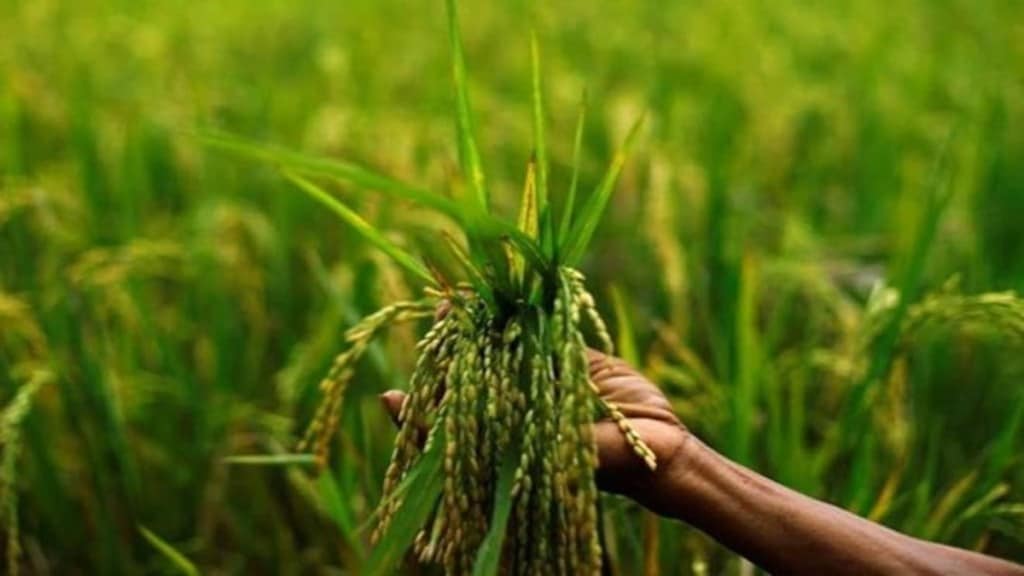As sowing of kharif crops is about to be completed soon, overall sown area is marginally above last year, but concerns remain over excess rainfall in many pockets in western and southern India potentially damaging standing crops.
Official sources, however, maintained that the overall production of kharif crops would be satisfactory.
Trade circles fear that likely rainfall during the harvesting period in October could have an adverse impact on crops such as paddy, pulses and oilseeds.
An agriculture ministry official said that sowing of crops is likely to continue for another fortnight and may cross the last five-years’ average.
Pushan Sharma, Director, Crisil said groundnut and cotton yields are expected to be “majorly impacted,” while any adverse effect in paddy might only marginally impacted.
At 109.23 million hectare (MH), kharif sowing is 99.7% of the normal sown area. This is up 2.15% on year, according to latest data by the agriculture ministry.
In case of paddy, oilseeds and coarse cereals, sowing this season has already crossed last five year’s average.
Sowing of paddy (4.06%), pulses (7%) and oilseeds (0.14%) saw an increase because of normal to above-normal monsoon rains in key growing states in central, eastern and southern regions.
Sugarcane sowing has been completed so far with a total sown area of 5.76 MH, which is higher than normal sown area compared to the previous year. However, cotton area is down sharply 9.1% on year at 11.21 MH so far, which is 86% of the average area for the last five years.
The overall rainfall this season till Monday has been 7.5% above the benchmark long period average or ‘above normal’ range. India Meteorological Department (IM) has stated that 71% of the 729 odd districts in the country have received rainfall in the range of surplus to normal range.
In the southern peninsula and central India, monsoon rainfall has been 25.9% and 16.5% more than the benchmark so far respectively. At 40.95 MH, paddy sowing has crossed last five year’s average at 40.15 MH.
Area under pulses such as tur, urad and moong rose sharply at 7% to 12.62 MH on year, which is expected to boost pulses production in the 2024-25 season.
“While rains have impacted pulses crop in some pockets, but overall increase in sowing is expected to boost output,” Nitin Kalantri, managing director, Kalantry Food Products, a Latur, Maharashtra-based pulses processor, stated. He said that the government will have to procure kharif pulses this season because of robust crops prospects.
The IMD has predicted rainfall during September, the last month of southwest monsoon season, is ‘mostly likely to be above normal at 9% above LPA’.
Stating that as sowing is almost complete, harvesting of crops will be critical, Sonal Badhan, Economist, Bank of Baroda said “excess or large excess of rainfall or deficient rainfall can be damaging for sown crop,”.
The agriculture ministry has set a target of record food grains production of 340 MT during the 2024-25 crop year (July-June), 3.4% higher than 328.8 MT estimated during the previous crop year. This includes 159.97 MT from the kharif season, 164 MT from the rabi season and 16.43 MT from the summer season.

